Enhancing Search and Rescue Operations in Scotland with EVO Max 4T
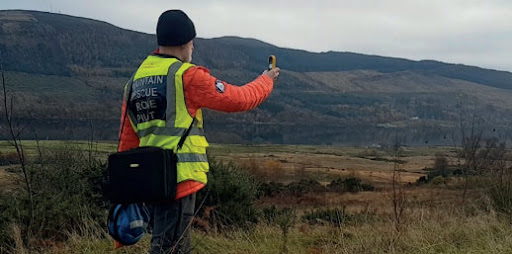
Uncrewed Aerial Systems (UAS) have become an indispensable tool for search and rescue operations. The benefit of an easily-deployed drone that requires little extra equipment, coupled with technology such as thermal imaging, presents clear advantages over traditional search methods.
The Search & Rescue Aerial Association-Scotland (SARAA) is utilizing the latest drone from Autel Robotics, the EVO Max 4T, to tackle search and rescue across Scotland's challenging terrain. In this brief case study, we’ll explore just how the EVO Max 4T and its latest features are performing in the search and rescue environment, and the innovative options it’s bringing to assist personnel on the ground with saving lives.
Overcoming Harsh, Scottish Terrain
Scotland’s infamous wilderness presents unique challenges for search and rescue personnel. Whether through densely wooded areas, gullies, or mountains, the challenges when finding a missing person are large and require significant expertise, planning, and resources. The EVO Max 4T has been used across SARAA and their operations, with positive results! Using the EVO Max 4T the team divide their search into either linear or area tasks. The EVO Max 4T provides practical solutions for both scenarios, offering search patterns that allow for seamless coordination between the team with maximum effectiveness and minimising time.
Whether conducting river and gully searches or exploring wooded areas, the drone supports the search teams to observe distinct edges or points of interest and adjust camera angles to identify undercuts and hidden areas. Additionally, its top-down search approach provides visibility into forestry, aided by thermal imaging capabilities to detect heat sources amidst the foliage. Moreover, the EVO Max 4T can also adapt to challenging terrain by flying in ‘terrain follow’ mode allowing the aircraft to follow the contours of sloped ground.
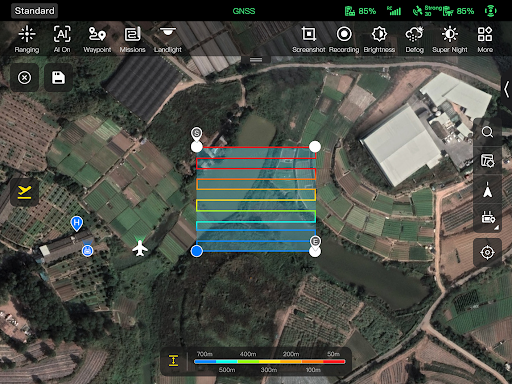
Zooming and Thermal Imaging for Search
The EVO Max 4T drone performs very well in search and rescue scenarios primarily due to its exceptional zooming and thermal imaging capabilities. Equipped with an 8K 10x optical zoom camera, the drone allows operators to digitally zoom in up to 160 times, providing advanced recognition capabilities even at distance. This level of zoom capability enables search and rescue teams to effectively survey large areas and closely examine signs of the missing person.
In addition to its impressive zoom camera, the EVO Max 4T comes equipped with a thermal imaging camera, capable of 16x zoom. Thermal imaging technology is especially valuable in search and rescue as it allows operators to detect heat signatures and identify individuals even in challenging ‘busy’ environments, such as dense forestry or low-light conditions. Ultimately, the flexibility and ability to easily switch and toggle the aircraft’s different sensors and modes provide the operator a selection of useful tools for covering an area quickly and in detail.
Search and Rescue Ready: Why the EVO Max 4T?
Weighing in at a lightweight 3.6lbs (1.6kg), the EVO Max 4T stands as a highly portable drone with cutting-edge features. The aircraft is portable for any mission, and the drone launches quickly and is easily managed via the Autel Enterprise App, which brings innovative new options to mission planning.
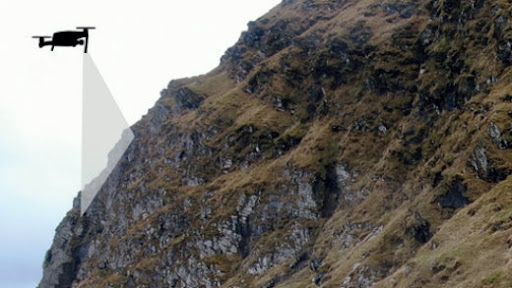
Once in the air, the drone utilizes both its 48MP, 160x (Max. Hybrid) Zoom Camera, 50MP Wide Camera, and Thermal Camera to identify tracks, evidence, or targets of the search.
All of this is controlled via the Autel Smart Controller V3, a 7.9-inch, high-brightness, device that personnel can use to control the drone from the ground.
Eliminating the need for expensive planning software or specialist gear, it is offered as a cost-effective, off-the-shelf search-and-rescue solution that requires both minimal resources and time to deploy in the field.
AI Recognition For Next-Generation Target Identification
The Autel EVO Max 4T also deploys unique Artificial Intelligence (AI) recognition capabilities to effectively identify and track targets or key details faster than any other drone. Combining intelligent algorithms and its high-resolution imaging, the operator can intelligently identify and track targets, including people and vehicles, even with the ability to quickly gather critical information such as locations and vehicle details. Tom Nash, Chair of SARAA said of this revolutionary AI technology “we have had identifications by the AI long before we have visually identified a human”
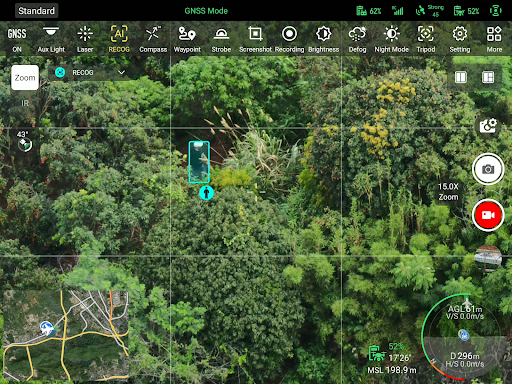
With AI recognition, the EVO Max 4T drone can quickly analyze visual data captured by its onboard sensors and intelligently identify potential people and places of interest. The Autel Enterprise App displays the live video feed, and when enabled, uses AI to highlight and identify targets directly in the drone feed. This visual aid significantly streamlines the search process, allowing operators to focus their attention on the relevant areas and potential rescue targets.
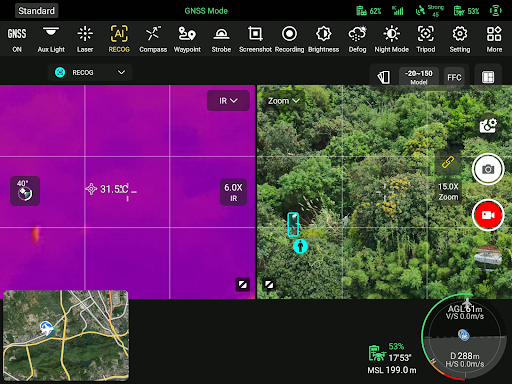
Laser-Rangefinder - Quick Target Positioning
Another key feature that helps coordinate the rescue of people that have been identified, or to better coordinate personnel on the ground is the built-in laser rangefinder of the EVO Max 4T. The laser-rangefinder better helps teams track and move onto a specific location and with a range of up to 3,737 ft (0.7 miles or 1.14km) for precise distance, altitude, and coordinates.
Search and rescue teams can apply this once a person, track, or signs of life have been detected. Its reliable and precise readings allow teams to swiftly assess target positions with confidence and plan how to converge to attend the scene to rescue the person.
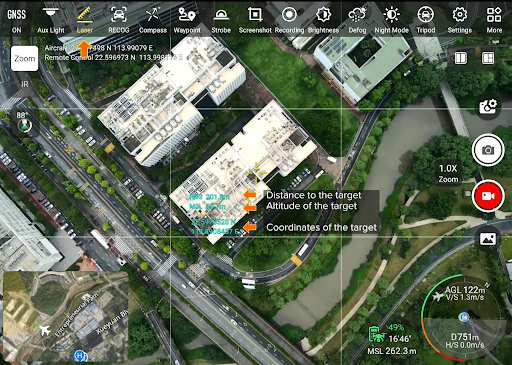
Collaborative Operation and Enhanced Visibility
SARAA utilise the EVO Max 4T following standardised, structured approaches for different flight types, search methods, and patterns. The sensor operator focuses on searching, while the pilot ensures safe flight and adherence to suitable search patterns. Large search areas are broken down into smaller segments, taking into account line-of-sight restrictions and battery duration. Overlapping search areas minimise the risk of missing critical information and duplicating effort, thus wasting time. Additionally, the drone's ability to hold a static position intermittently during motion enhances the chances of detecting movement from the target.
The split-screen feature also proves invaluable in Search and Rescue operations. By having multiple views in one screen, rescue teams can simultaneously view live maps, real-time drone feeds, and critical data, all at once in one location. This enables streamlined coordination between team members much easier, enhancing their situational awareness and facilitating faster decision-making. With the split-screen capability, search and rescue efforts become more efficient, allowing for optimised resource allocation and ultimately increasing the chances of successful outcomes in critical situations.
Moving Forward
The EVO Max 4T is reshaping how search and rescue operations take place. SARAA are now actively using the aircraft and its full range of capabilities in their search operations. Its mix of affordability, adaptability, extended flight time, and collaborative operational capabilities cement it as an attractive option to those in this sector.
For more information about SARAA Scotland and their work, visit their social media sites: @SARAAScotland.
Article by Autel Robotics all rights reserved.
